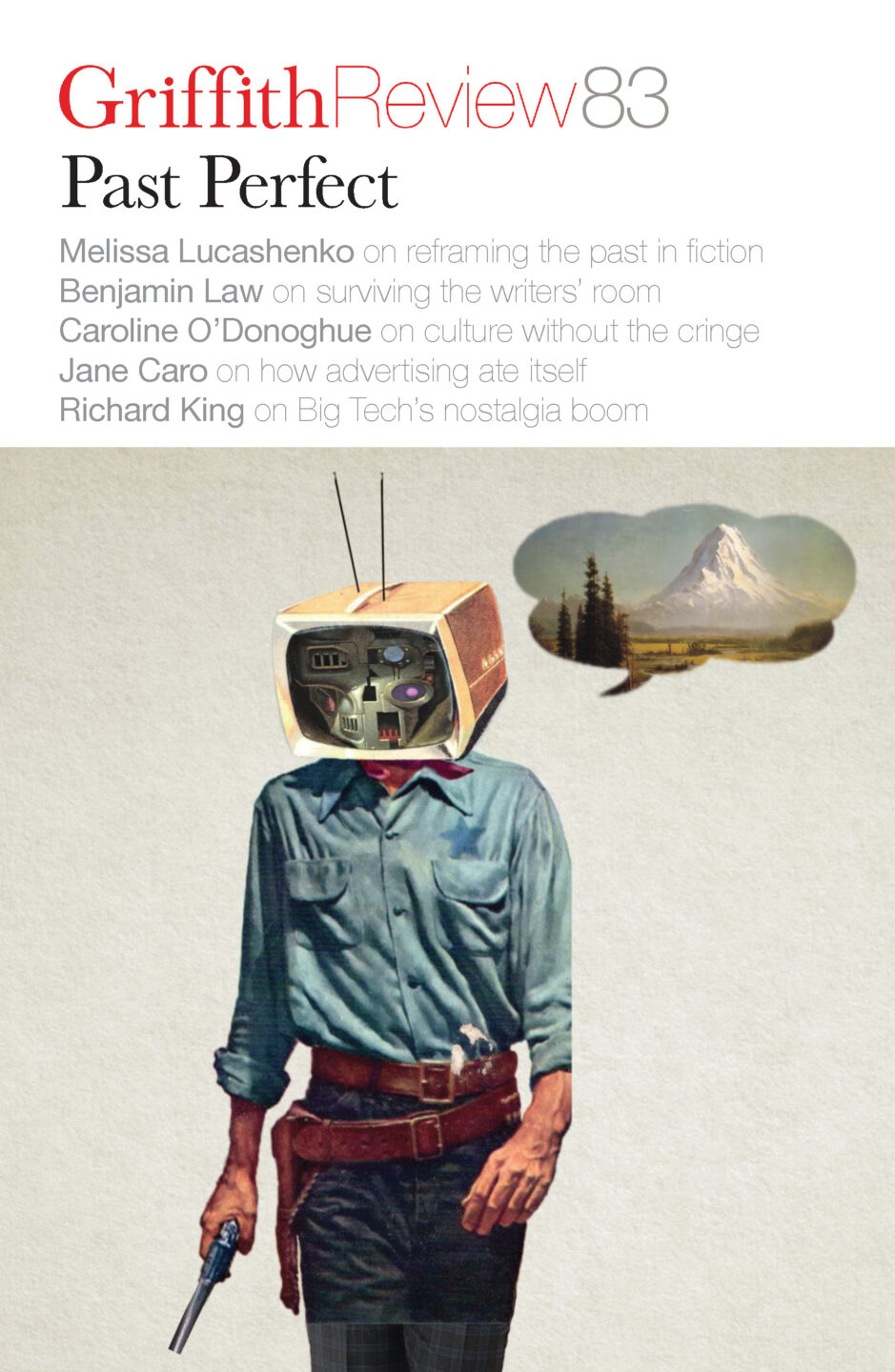Featured in

- Published 20240206
- ISBN: 978-1-922212-92-4
- Extent: 204pp
- Paperback, ePub, PDF, Kindle compatible


Already a subscriber? Sign in here
If you are an educator or student wishing to access content for study purposes please contact us at griffithreview@griffith.edu.au
Share article
About the author

Witi Ihimaera
Witi Ihimaera is an Aotearoan writer of Māori descent. He celebrates his fiftieth anniversary as a writer with a newly revised version of Tangi,...
More from this edition

The sentimentalist
In ConversationI’ve positioned myself as somebody who’s constantly going through the trash of yesteryear with my raccoon paws and saying, ‘Wasn’t it grand?’ I think it’s more that I’m drawn to things I misunderstood rather than things that are just old, and I’m also interested in diagnosing the culture through what we loved, what we made and what we despised. It’s becoming much more clear to me the older I get.

The green gold grassy hills
FictionI’d missed her fiftieth birthday party the year before due to the usual restrictions of time and money. But as I stood at the window scrubbing vegetables, I wondered what had been so important that I hadn’t been able to make an exception for someone to whom a year could be a lifetime. Under-eights soccer game? Kids’ sleepover? But my partner could have done that on their own, couldn’t they?

Lost decade
Fiction I MADE A point of telling people in LA that I’d come from somewhere farther than Santa Clarita: Tempe or Little Rock. When they...